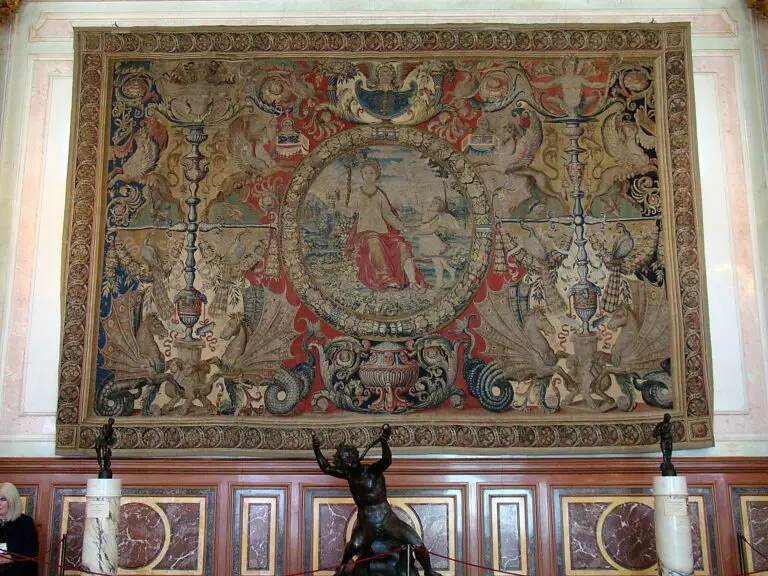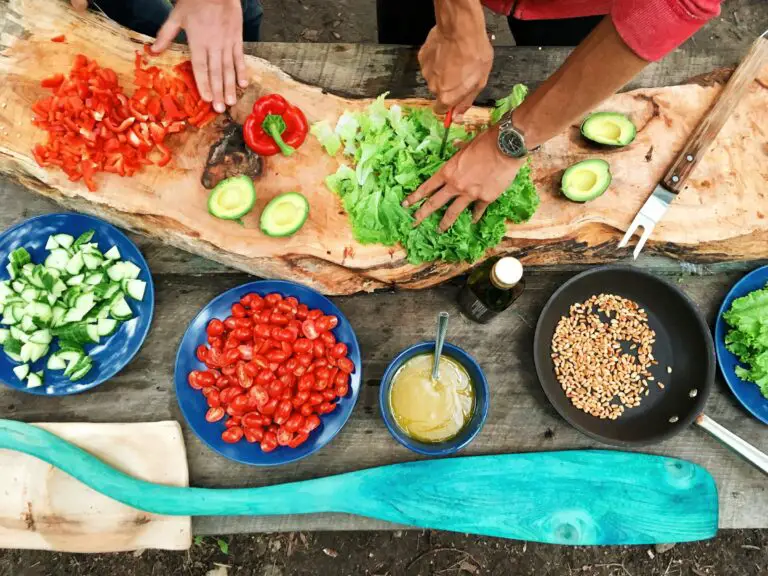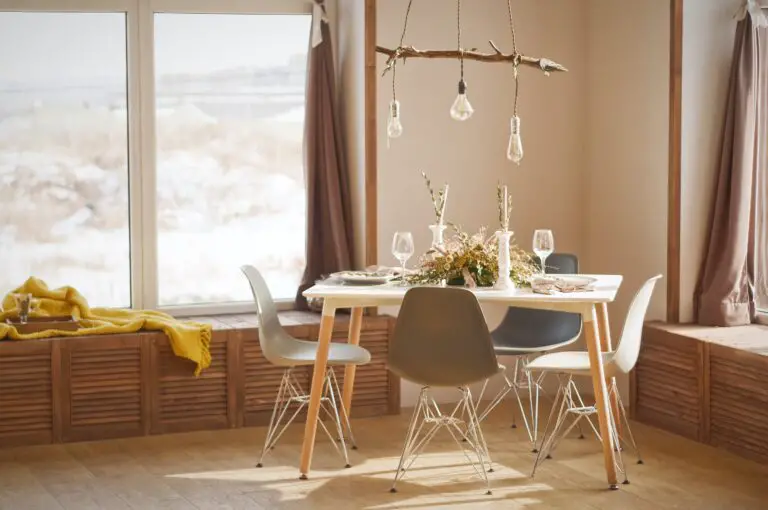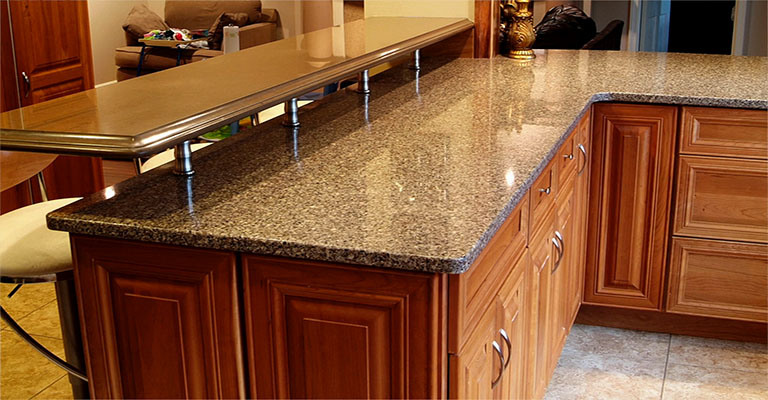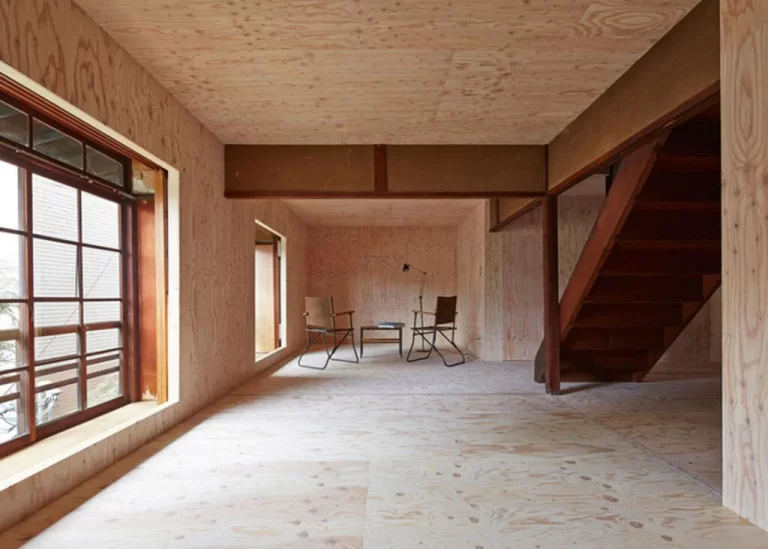Sintered Stone: A Modern Marvel in Surface Materials
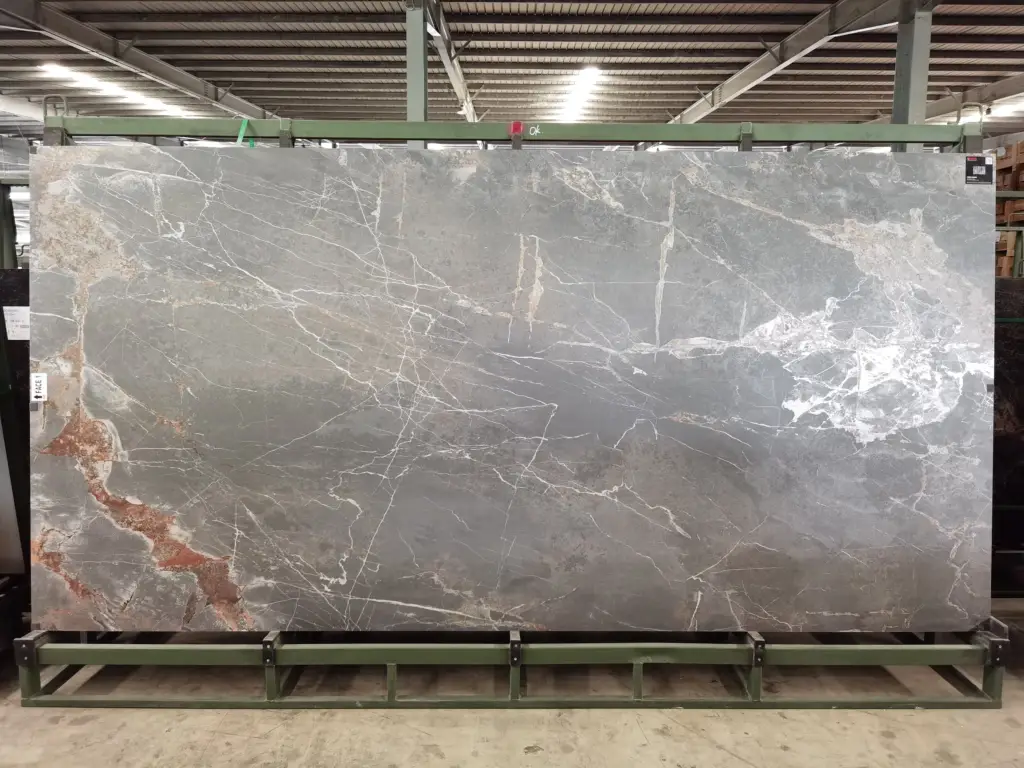
In the dynamic world of interior design and architecture, the emergence of sintered stone has marked a revolutionary shift. This innovative material, known for its exceptional durability and aesthetic appeal, is fast becoming the go-to choice for designers and homeowners alike. But what exactly is sintered stone, and why is it capturing the attention of the industry?
What is Sintered Stone?
Sintered stone is a high-end engineered surface material manufactured using the latest technological advancements. It is created through a process that mimics the natural formation of rocks.
Fine raw materials are subjected to intense heat and pressure, similar to the conditions that form natural stones over thousands of years. This process results in a highly durable material that is resistant to scratches, stains, heat, and UV light.
The Manufacturing Process
The journey of creating sintered stone begins with the careful selection of natural minerals and stone particles. These materials are ground into a fine powder and then subjected to a process called sinterization.
During this process, the powder is pressed under extreme pressure and heated to high temperatures, causing the particles to bond without the use of resins or binders. The result is a lightweight yet robust slab that can be used in various applications.
Advantages of Sintered Stone
Durability and Resistance
Sintered stone is renowned for its exceptional strength and resistance to external factors. It is scratch-resistant, heat-resistant, and impervious to UV rays, making it an ideal choice for both indoor and outdoor applications.
Low Maintenance
Unlike natural stone, sintered stone does not require regular sealing. Its non-porous nature makes it resistant to staining and easy to clean, ensuring it remains pristine with minimal effort.
Versatility in Design
Available in a myriad of colors and patterns, sintered stone offers unparalleled design flexibility. It can mimic the look of natural stone, wood, or concrete, providing endless creative possibilities for designers.
Eco-Friendly Option
The production process of sintered stone is environmentally friendly, as it mainly uses natural materials and produces minimal waste. Additionally, its durability means a longer lifespan and less frequent replacement.
Applications of Sintered Stone
Sintered stone’s remarkable versatility extends far beyond the realms of countertops and flooring, where it is most commonly seen. One of its most innovative uses is in exterior applications. Architects are increasingly turning to sintered stone for façade cladding due to its ability to withstand harsh weather conditions, from scorching sun to freezing temperatures, without fading or deteriorating. This makes it an ideal choice for creating stunning, long-lasting building exteriors that require minimal maintenance.
In the realm of furniture design, sintered stone is making significant inroads. Designers are utilizing its sleek and modern aesthetic to create unique pieces of furniture. Tables, benches, and even decorative art pieces crafted from sintered stone are not only visually striking but also exceptionally durable and resistant to wear and tear. This application showcases the material’s flexibility in design and its ability to be molded into various shapes, opening up new avenues for creative expression in both residential and commercial spaces.
Installation and Care
The installation of sintered stone is a task that demands precision and expertise. Due to its composition and strength, cutting and fitting sintered stone require specialized equipment and knowledge. Professional installers often use diamond blade tools for accurate cutting, ensuring that the integrity of the material is maintained, and the risk of chipping or cracking is minimized. It’s crucial to ensure that the underlying support is sturdy and level, as uneven surfaces can lead to stress points and potential damage.
In the case of large installations, like wall cladding or expansive countertops, proper jointing and support become even more critical to accommodate the weight and size of the sintered stone panels. Care and maintenance of sintered stone are relatively straightforward, thanks to its non-porous and hard-wearing nature. For daily cleaning, a soft cloth or sponge with mild soap and water is sufficient to keep the surface looking pristine. Unlike natural stone, it doesn’t require sealing or special treatments.
However, it’s advisable to avoid abrasive cleaners or harsh chemicals, as they are unnecessary and could potentially dull the finish over time. With proper installation and simple care, sintered stone surfaces can retain their aesthetic appeal and functional qualities for decades, making them a wise investment for both residential and commercial settings.
Choosing the Right Sintered Stone
When selecting sintered stone, consider the specific needs of your space. Think about the color, pattern, and finish that best suits your design vision. It’s also important to source from reputable manufacturers who provide quality products and support.
The Aesthetic Appeal of Sintered Stone
Selecting the right sintered stone involves a blend of aesthetic preferences and practical considerations.
1. Start by assessing the intended use of the stone. For high-traffic areas or outdoor applications, prioritize durability and resistance to elements. In spaces like kitchens or bathrooms, focus on stain and moisture resistance.
2. The color and pattern of the sintered stone are crucial for ensuring it complements your design scheme. With options ranging from vibrant hues to subtle earth tones and finishes that mimic natural stone or wood, there’s a wide variety to choose from.
3. Consider the lighting in your space as well, as it can significantly impact how the stone’s color and texture appear.
4. When choosing a supplier, opt for one with a reputable track record of quality and sustainability. Examine the origin of the materials and the manufacturing process to ensure they align with eco-friendly practices. Don’t hesitate to request samples to view the material in your own space, and consult with design professionals if needed. They can offer valuable insights into the latest trends and help you make a choice that balances aesthetic appeal with functional longevity.
Remember, the right sintered stone should not only meet your immediate design needs but also stand the test of time in both style and durability.
Cost-Effectiveness of Sintered Stone
While initially more expensive than some traditional materials, the cost-effectiveness of sintered stone becomes apparent in the long run. Its durability means less need for repairs or replacements, translating into savings over time. Furthermore, its ease of maintenance reduces the long-term costs associated with upkeep.
Health and Safety Aspects
Sintered stone is also a healthier and safer choice for residential and commercial spaces. Being non-porous, it does not harbor bacteria or allergens, making it an ideal surface for kitchens and healthcare facilities. Additionally, its heat resistance enhances safety in areas exposed to high temperatures.
Integrating Sintered Stone into Your Space
For those considering integrating sintered stone into their projects, it is advisable to consult with design professionals. They can provide insights into the best uses of the material in specific contexts and help navigate the selection process to find the perfect fit for your space.
Enhancing Environmental Sustainability
One of the most compelling aspects of sintered stone is its contribution to environmental sustainability. The energy-efficient production process, combined with the use of natural and recycled materials, underscores a commitment to eco-friendly practices. As the global focus shifts towards sustainable building materials, sintered stone is well-positioned to meet these demands without compromising on quality or aesthetics.
Innovation in Sintered Stone Designs
The realm of innovation in sintered stone designs is ever-expanding. Manufacturers are continuously experimenting with textures, finishes, and patterns, pushing the boundaries of what can be achieved. This innovation not only broadens the application scope of sintered stone but also opens up new avenues for personalized and unique design expressions. As technology evolves, we can expect even more intricate and bespoke options to become available.
Sintered Stone in Modern Architecture
In modern architecture, sintered stone is playing an increasingly vital role. Architects are leveraging its versatility and durability to create structures that are both visually striking and functionally robust. From facades that withstand the elements to interior surfaces that merge elegance with endurance, sintered stone is becoming a staple in contemporary architectural design.
Comparing Sintered Stone to Other Materials
When compared to traditional materials like granite, marble, or quartz, sintered stone stands out for its superior performance characteristics. While natural stones are undoubtedly beautiful, they often require more maintenance and can be susceptible to damage. Sintered stone offers a practical alternative, providing the beauty of natural stone with added benefits of durability and ease of maintenance.
Final Thoughts
Sintered stone countertops offer a compelling alternative to traditional options like granite countertops and quartz countertops. This innovative countertop material is gaining popularity for its durability, versatility, and aesthetic appeal. Unlike other stone materials, sintered stone slabs are engineered to withstand the rigors of daily use, making them a practical choice for both residential and commercial settings.
The unique manufacturing process employed by sintered stone manufacturers ensures that each sintered stone countertop is not only visually appealing but also remarkably resilient to scratches, stains, and heat. When considering the cost-effectiveness of various countertop materials, sintered stone stands out for its long-term value. While the initial cost per square foot might be higher compared to some traditional materials, the longevity and low maintenance of sintered stone countertops make them a wise investment.
Homeowners and designers looking for a countertop material that combines the beauty of natural stone with enhanced performance characteristics will find sintered stone to be an ideal choice. Its growing popularity is a testament to its ability to meet the demands of modern lifestyles, providing a functional yet stylish surface solution that lasts for years.


